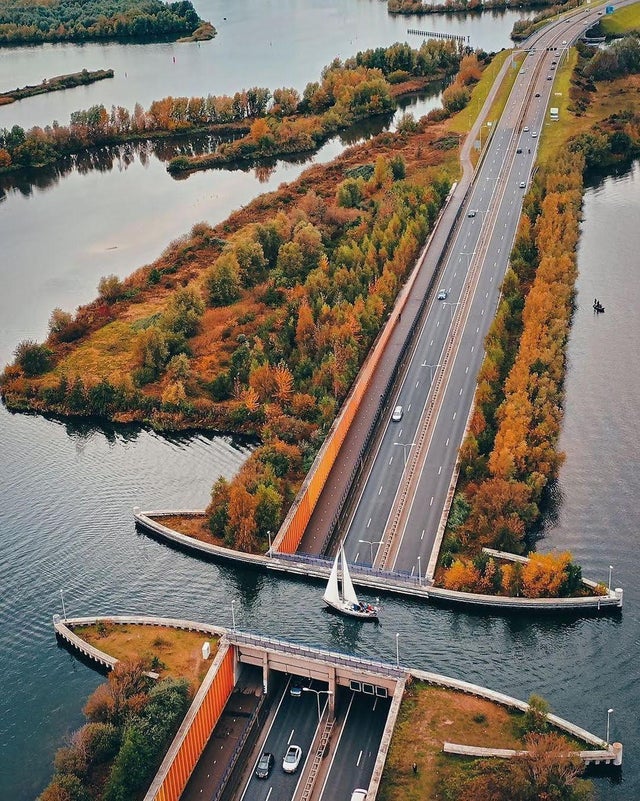Did you know Float IoT is rooted in the land of water technology?
There is one periodic essence that flows through the Netherland’s history: water. A fluctuating element that never moves in the same direction. An element potent enough to demolish entire landscapes, as well as a primordial need for our daily lives.
A fifth of the country’s total surface area consists of water, and nearly a third lies below sea level. The ocean crashes against the sea walls from the west, while rivers carry large quantities of water from the East. Half of the country would be menaced by water without the development of ditches, canals, windmills, dikes, and polders.
The Delta Works – a Meticulous Hydraulic Project
Delta of three European rivers, The Netherlands has a reputation for revolutionizing the water cycle. Dutch water authorities have spent years implementing creative methods to keep citizens safe and dry.
The Netherlands is best known for its engineering projects as a result of the 1953 North Sea Flood. The Delta works were developed shortly after the flood; large-scale storm barriers and dams were built to block estuary mouths and narrow the coastline.
The Maeslant storm surge barrier was the last construction of the Delta Works. The barrier’s structure is rather unique; a gate with two arms that rest on both sides of the Nieuwe Waterweg canal. The huge barrier doors are floating pontoons that can be filled with water. The additional weight makes them sink and turns them into a barrier. Everything is computer-controlled; a hydraulic engineering project that has allowed the Netherlands to coexist with water.
Today, this precise engineering system continues to protect the country, however, despite these advances environmental changes are a big threat. Water managers are undergoing challenges, including deteriorated infrastructures, increasing energy costs, and growing populations. Given these issues, exhaustive control of the consumption of this precious resource is essential. Water management runs in the blood of the Dutch. Keeping the country dry is a process the country started centuries ago and continues to this day. The question is, will this still be enough?
Why Should We Prioritize IoT in The Water Sector?
The Netherlands’ relationship with water keeps evolving, and there is a growing awareness that not just dikes and dams play a significant role in our safety. Climate change is also evident; ocean levels are rising, the land is diminishing, and rainfall is heavier, meaning more innovative solutions will be needed. We are facing a water crisis, however, this crisis is not about water scarcity; it is a crisis of managing water so erroneously that billions of individuals and the environment suffer badly.
IoT is an emerging technology that has allowed companies such as Float to find solutions to some of the water issues we are facing. Float IoT comprises defined characteristics such as automation, data information, communication data flows, and connectivity. The aim is to solve smart water challenges by combining hardware, software, and data analytics, to deliver end-to-end solutions, and to aid the reduction of Non-revenue Water (a significant issue for water utilities, occurring from leaking and broken pipes that tend to be caused by either outdated infrastructure or poor maintenance). Float’s solutions allow intelligent workability and functioning of the water industry; developments that are gradually allowing us to administer and understand how we consume water.



